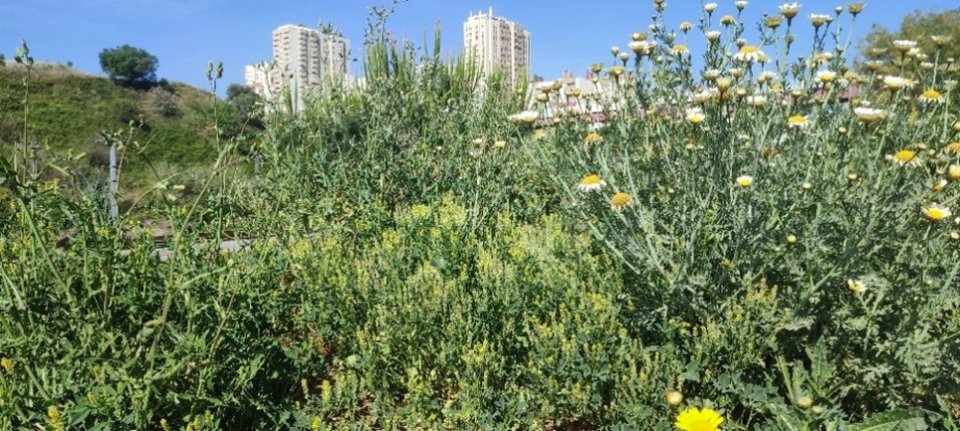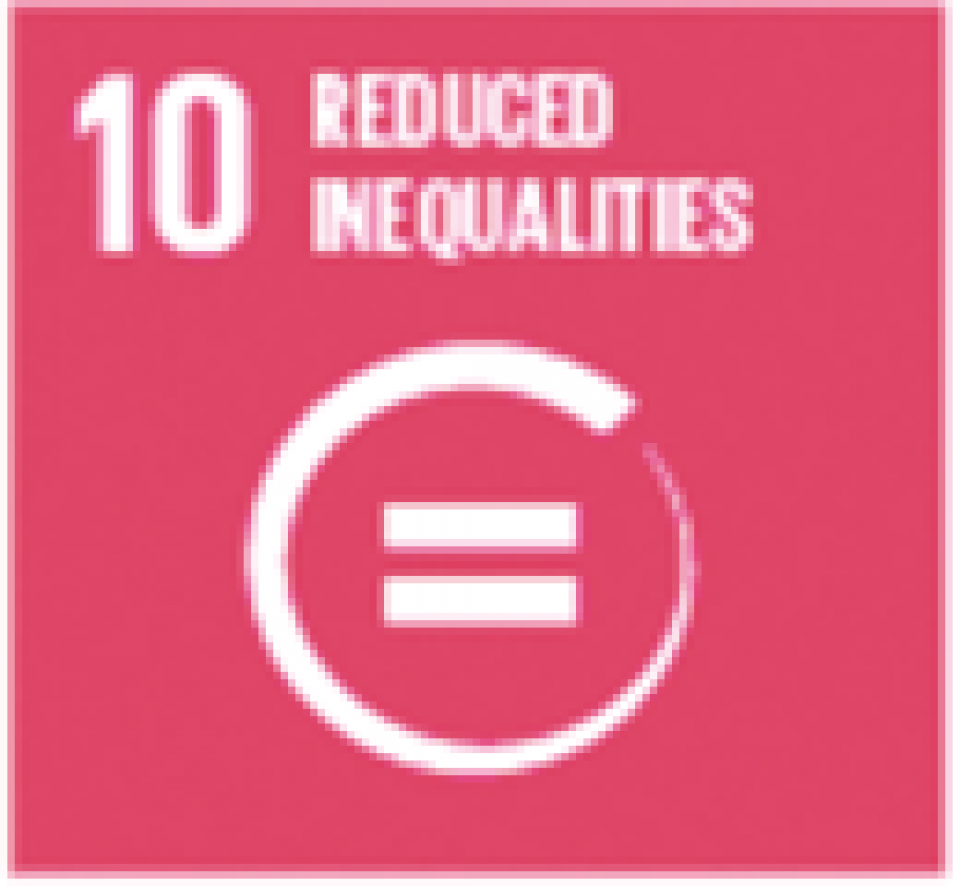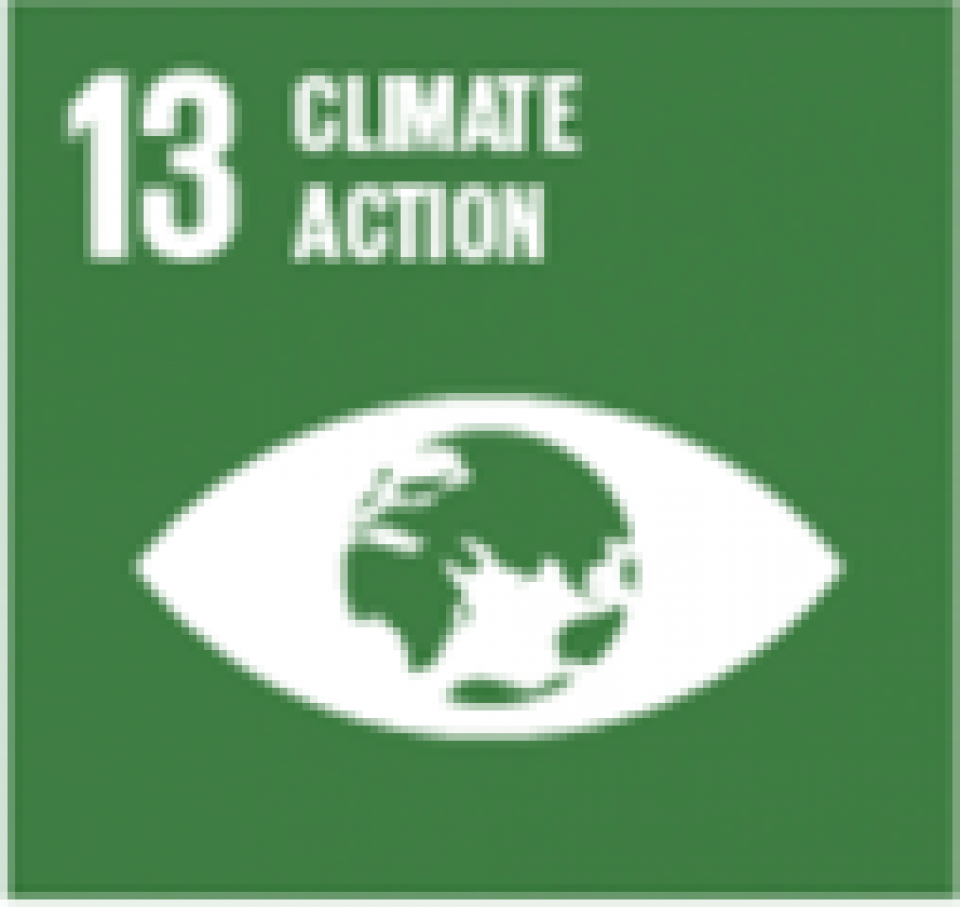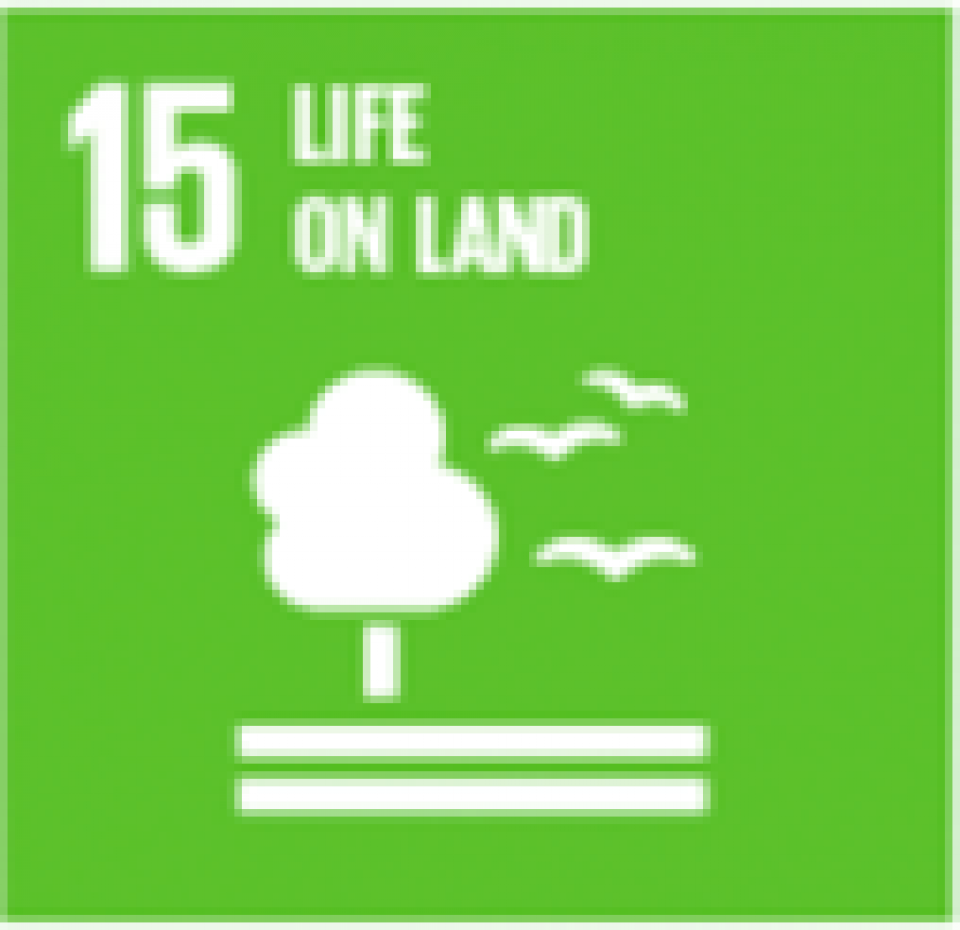
In the last decade, the re-naturalisation of urban spaces and the integration of ecological networks has become a central objective of Lisbon’s urban development. Urban nature is integrated into the city’s Master Plan (2012) and other strategic agendas (e.g. the 2010 Biodiversity Strategy, the 2017 Climate Adaptation Strategy, and the Climate Action Plan Lisbon 2030) not only as a necessary element of climate resilience but also as a condition for urban liveability and quality of life. Aligned to this vision, the Lisbon Life-Lab, LISGREEN, focuses on enhancing ecological connectivity in the inner-city area where heat waves and urban heat island effects are most severe, while also supporting wider re-naturalisation processes in the municipal Eastern Green Corridor, and the wider metropolitan area, through interventions at the meso-scale.
LISGREEN establishes two nature-based solutions (NbS) pilots, RENATURA and Ruas Verdes+. RENATURA is in an area where the Eastern Green Corridor of Lisbon crosses the inner city, in the Areeiro Parish, characterised by no major building complexes and with NbS already in place. Ruas Verdes+ is delivered in the Actores (Areeiro), Arroios, and Penha de França neighbourhoods, characterised by dense, grey, and pressured urban surfaces, acute road traffic and several other constraints.
See also: Green Corridors Networks case study.
LISGREEN embodies the following objectives:
- To deliver ecological services that improve residents’ quality of life through co-produced NbS;
- To generate evidence on the role of active citizenship for integrating green infrastructure into new urban models, promoting both ecological connectivity and social cohesion;
- To support NbS policy upscale by introducing nature-based thinking (NBT) in policy design, implementation and evaluation supported by an inter-sectorial, multi-scale, and multi-stakeholders’ approach;
- To bring NbS to the centre-stage as a public health promoter and as an agent of social justice in the framework climate change adaptation;
- To leverage the dissemination of good practices and the creation of a Nature-Based Entrepreneurship (NBE) environment;
- To share good practices and support replication in similar areas at the municipal and metropolitan scale (via NBT);
- To interact, align, share, and learn with other cities, projects, programs, and their Life-Labs, including the transnational communities of learning created within the CONEXUS project and other projects with similar aims.
CONEXUS takes place in two pilots: RENATURA and Ruas Verdes+.
The RENATURA Pilot consists of two complementary main NbS interventions:
- Plot co-management with Urbem, a Lisbon-based NGO, with the aim of sensibilising urban residents to nature via the reconversion of underutilised or low-biodiversity spaces into mini-forests and/or fast-forests, applying the Miyawaki method. This technique favours the introduction of low-maintenance endemic native species, and involves the local community in carrying out different activities, from tree-planting to maintaining green spaces. Starting in a 300m2 experimental plot, adjacent to the pedestrian bridge of Vale da Montanha I, this NbS intervention has expanded to a new plot on the other side of the bridge, with 1,500m2 planted with a density of 3 species per m2. This expansion was realised with the help of about 800 volunteers from the most diverse backgrounds (students, children, scouts, retirees, digital nomads, travellers, business employees, Life-Lab partners, among others).
- The co-creation of a future ‘Urban Park’, through the requalification of a 12ha area in the continuity of Vale da Montanha I, which will include community urban allotment gardens, the planting of native and adapted plant species, vegetation cover with low maintenance requirements, as well as the preservation of an architectural complex of high heritage and historical value: the Convent of São Félix and Santo Adrião de Chelas (or ‘Chelas Monastery’), classified as a National Monument.
The Ruas Verdes+ Pilot involves the collaborative implementation of micro-green solutions in the Actores (Areeiro), Arroios, and Penha de França neighbourhoods, with the ambition of creating a new green corridor inside the inner city, connecting two green parks (Vale da Montanha and Caracol da Penha Garden). Micro-green solutions include flower/plant boxes in both public spaces and private balconies and the planting of tree lines in two street blocks. As part of the pilot, LISGREEN has delivered a series of gardening workshops on how to select flower/plant species, seeding, planting, and maintaining plants in flower boxes.
- To foster public-private partnerships and engage local communities through collaborative, participatory processes of co-design, implementation, and maintenance;
- To bring nature into compact streets and urban spaces in a densely populated downtown district, integrating ecosystem services with benefits for both biodiversity and residents’ quality of life;
- To increase social inclusion, social interaction, and communities’ sense of ownership;
- To increase the use of autochthonous plants providing habitats for birds, insects, and other plants supporting biodiversity;
- To reduce urban heat and Green House Gases (GHGs);
- To accelerate health benefits by facilitating contact with nature;
- To complement existing NbS with new solutions;
- To improve access to NbS by expanding an existing urban park, designed according to Nature-Based Thinking;
- To accelerate climate change adaptation;
- To enhance ecological connectivity in the inner city;
- To redesign urban areas, transforming the public image of urban environments;
- To promote awareness of NbS, their effectiveness, and co-benefits, and also increase willingness to invest in NbS;
- To create ‘quiet’ areas inside the city, with lower noise exposure and better air quality, supporting investment into environmental health and ‘anti-stress’ lifestyles.
All NbS actions carried out within CONEXUS have proven high potential for replicability; the planting of fast-forests and tree lines inside urban blocks, gardening workshops, the distribution of flower boxes and plants for private balconies, can all be replicated. LISGREEN has already activated to apply gathered knowledge in other case studies in the city of Lisbon (i.e. in BIPZIP projects within municipal districts under the jurisdiction of the CML).
The strategic alignment of sustainability strategies, policies, and ongoing NbS projects has allowed Lisbon to assert itself as a leading city in the fight against climate change, responsive to the 2030 decarbonisation targets set by the 100 Climate-Neutral and Smart Cities Mission, of which Lisbon is part.
- The co-management of urban green spaces with the private sector and NGOs is a work in progress which requires a large amount of flexibility between the parties involved.
- The quality and success of the work depends on the selection of Life-Lab partners and relationships established between individuals belonging to the different partner organisations/groups.
- The institutional structure of the municipality must innovate and adapt to co-management and co-design models.
- Communities’ public participation is not as fluid and easy as initially hoped for.
- Raising awareness about the importance of nature preservation via small and practical actions is extremely effective.
- Reinforcing the concept of adaptation aligned with mitigation and social inclusion components poses a challenge to be included in the Climate City Contract of Lisbon, currently under development. In this document, Lisbon’s municipality intends to align a portfolio of measures, including the actions undertaken within CONEXUS along with commitments to upscale and invest in NbS.
Horizon 2020 programme
- Fast forests
- micro-green solutions
- flower boxes
- tree-lined streets
LISGREEN:
- Paula Nicolau, Lisbon Municipality, paula.nicolau@cm-lisboa.pt
- Maria Joao Telhado, Lisbon Municipality, joao.telhado@cm-lisboa.pt
SDGs/NUA data:
- Federica Risi, EUKN, federica.risi@eukn.eu
Further information
References
- CONEXUS Deliverable 3.1 Report with action plans for each Life-Lab (internal).
- CONEXUS Deliverable 2.2 Seven detailed EU and CELAC cases on NbS challenges and opportunities addressed: ‘Integration of NbS in local governance contexts and urbanisation trajectories in CONEXUS EU and CELAC cities. Evidence from Barcelona, Buenos, Aires, Bogotá, Lisbon, Santiago, São Paulo and Turin.’
- CONEXUS Deliverable 4.1 Assessment framework, indicators and participatory monitoring process.
- CONEXUS Deliverable 6.1 Report. Data on SDG/NUA impacts/potentials linked with investment propositions uploaded to Oppla.
- Lisbon Life-Lab CONEXUS Factsheet ‘Fast Forests for Lisbon: Nature, Community, Connections’, May 2023.
-
van der Jagt, A.P.N., Buijs, A., Dobbs, C., et al. (2023). An action framework for the participatory assessment of nature-based solutions in cities. Ambio 52, 54–67. https://doi.org/10.1007/s13280-022-01772-6.
-
Wild, T., Baptista, M., Wilker, J., et al. (2024). Valuation of urban nature-based solutions in Latin American and European cities. Urban Forestry & Urban Greening, Volume 91, 128162. https://doi.org/10.1016/j.ufug.2023.128162.
Both the RENATURA and Ruas Verdes+ pilots demonstrate the multifunctionality of selected NbS in enhancing local biodiversity (SDG15) by regenerating degraded urban spaces (SDG11), while nurturing social inclusivity (SDG10). Contributions to the localisation of the below SDGs can be mapped based on indicators selected for measuring pilots’ success, highlighting the multidimensional nature of NbS benefits.

10.2 By 2030, empower and promote the social, economic and political inclusion of all, irrespective of age, sex, disability, race, ethnicity, origin, religion or economic or other status;
10.3 Ensure equal opportunity and reduce inequalities of outcome, including by eliminating discriminatory laws, policies and practices and promoting appropriate legislation, policies and action in this regard.

11.3 By 2030, enhance inclusive and sustainable urbanization and capacity for participatory, integrated and sustainable human settlement planning and management in all countries;
11.4 Strengthen efforts to protect and safeguard the world’s cultural and natural heritage;
11.6 By 2030, reduce the adverse per capita environmental impact of cities, including by paying special attention to air quality and municipal and other waste management;
11.7 By 2030, provide universal access to safe, inclusive and accessible, green and public spaces, in particular for women and children, older persons and persons with disabilities.

13.1 Strengthen resilience and adaptive capacity to climate-related hazards and natural disasters in all countries;
13.2 Integrate climate change measures into national policies, strategies and planning.

15.1 By 2020, ensure the conservation, restoration and sustainable use of terrestrial and inland freshwater ecosystems and their services, in particular forests, wetlands, mountains and drylands, in line with obligations under international agreements;
15.5 Take urgent and significant action to reduce the degradation of natural habitats, halt the loss of biodiversity and, by 2020, protect and prevent the extinction of threatened species;
15.9 By 2020, integrate ecosystem and biodiversity values into national and local planning, development processes, poverty reduction strategies and accounts.
Other SDGs addressed:
- SDG3
- SDG16 (16.6; 16.7)
- SDG17 (17.16; 17.17)
The key performance indicators selected for measuring success and assessing impacts are derived from the CONEXUS Impact Assessment Framework (Deliverable 4.1), building on the European Commission’s NBS Task Force 2 Handbook (2021) ‘Evaluating the impact of Nature-based Solutions: a handbook for practitioners’ and a collaborative selection process with stakeholders of the LISGREEN Life-Lab. A participatory approach was used to select pilots’ key performance indicators, which allowed to make monitoring frameworks place-based, tailoring indicators to local challenges, and to validate them with stakeholders from the Life-Lab and respective pilots.
The downloadable fiche includes an overview of pilots’ selected indicators, linking impacts to the UN Sustainable Development Goals (SDGs), the transformative commitments of the New Urban Agenda (NUA), as well as relevant sustainability policies and programmes at the city level.
